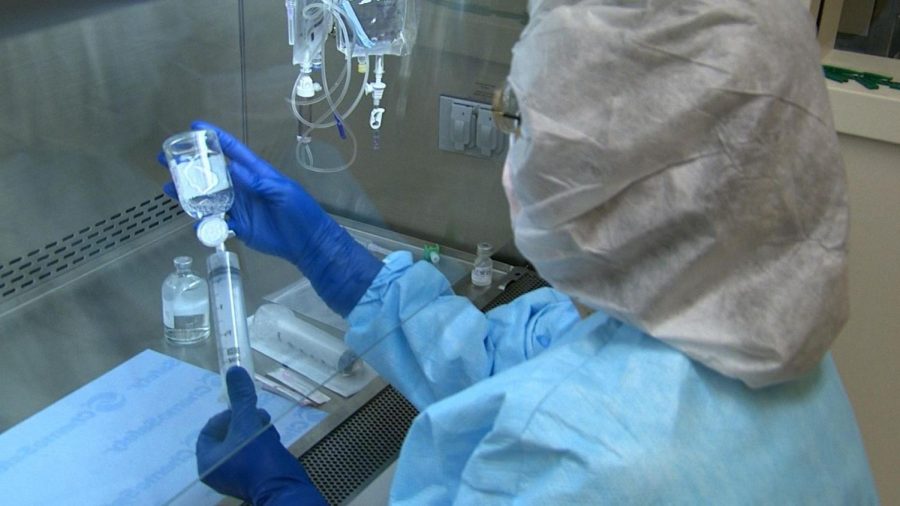Marilyn Hughes Gaston: A Trailblazer in Medicine
February 28, 2022
Marilyn Hughes Gaston is the first African American woman to direct a Public Health Service Bureau. Throughout her life, she has remained incredibly dedicated to the practice of medicine and serving the less fortunate. Her empathy and perseverance are what have driven her to defy the odds and become a trailblazer for Black women in medicine.
Growing up in poverty, her first encounter with a faulty public health system occurred when her mother fainted in her own living room. With no emergency telephone system at the time, she felt helpless. It was later discovered that Gaston’s mother had cervical cancer, but because of a lack of insurance and health care, her family held little power to ameliorate the situation.
From this point on, Gaston remained determined to improve the public health system in the U.S.
At the ripe age of nine, Marilyn Hughes knew she wanted to study medicine. Despite growing up as a Black woman in the mid-1900s in an impoverished household, she refuted discouragement from others. Initially, Hughes settled on studying zoology at Miami University. However, after graduating in 1960, Hughes enrolled at the University of Cincinnati College of Medicine after gaining encouragement from a physician she worked for. She was the only African American woman in her graduating class. It was here her journey towards enhancing the public health system began.
Gaston was especially driven to aid those in minority communities. After earning her degree in 1964, Dr. Gaston rejected an offer to help those in a middle-class community in Cincinnati, instead establishing a health center in Lincoln Heights, Ohio – a low-income neighborhood. In recognition of her dedication, Lincoln Heights and Cincinnati established “Marilyn Hughes Gaston Day” in her honor.
While working as an intern in Philadelphia General Hospital in 1964, Gaston admitted a baby with a swollen, infected hand. After her supervising resident suggested that she check for sickle-cell disease (SCD), Gaston confirmed that the baby had inherited this genetic mutation. Gaston, appalled by her lack of ingenuity in this situation, immediately set out to research SCD. She secured federal grants to study SCD in children and established protocols for periodic screening of the disorder. She became deputy branch chief of sickle cell disease in 1976.
In 1986, Dr. Gaston published a study that proved the efficacy of screening babies for SCD at birth to catch the disease in its earliest stage to provide preventive penicillin. Her study’s central idea was that the complications of SCD could be avoided simply by providing early treatment to babies carrying the disease. This study led to congressional legislation to encourage the implementation of this practice nationwide. In less than a year, 40 states began to screen babies to detect the onset of sickle cell.
By 1990, Dr. Gaston became the first Black female physician to be the director of the Bureau of Primary Health Care in the U.S. Health Resources and Services Administration. She never lost sight of her goal of providing health care aid to those in minority, impoverished communities.
Because of her momentous scientific achievements and commitment to helping communities in need, Gaston was awarded the NMA Scroll of Merit in 1999 by the National Medical Association – amongst other prestigious accolades. A scholarship in her honor has been established at the University of Cincinnati College of Medicine, which awards full medical scholarships to two underprivileged minority students each year.
Marilyn Hughes Gaston is a trailblazer for Black females in medicine, and her dedication to serving underprivileged communities continues to be recognized to this day.




